Luminol Doped Silica-Polymer Sensor for Portable Organic Amino Nitrogen and Ammonium Determination in Water
Abstract
:1. Introduction
2. Materials and Methods
2.1. Materials
2.2. Apparatus
2.3. Sensor Fabrication
2.4. Determination of Ammonium and Organic Amino Nitrogen by Using a Portable Luminometer
- (1)
- In Solution
- (2)
- By using the sensor
3. Results and Discussion
3.1. Optimization of Luminol Immobilization
3.2. Analytical Parameters, Stability and Interferences
3.3. Analysis of Samples
4. Conclusions
Author Contributions
Funding
Institutional Review Board Statement
Informed Consent Statement
Data Availability Statement
Acknowledgments
Conflicts of Interest
References
- Jornet-Martínez, N.; Moliner-Martínez, Y.; Molins-Legua, C.; Campíns-Falcó, P. Trends for the development of in situ analysis devices. In Encyclopedia of Analytical Chemistry; John Wiley & Sons, Ltd.: Chichester, UK, 2017; pp. 1–23. [Google Scholar] [CrossRef]
- Leonardi, A.A.; Lo Faro, M.J.; Irrera, A. Biosensing platforms based on silicon nanostructures: A critical review. Anal. Chim. Acta 2021, 1160, 338393. [Google Scholar] [CrossRef] [PubMed]
- Asamoah, B.O.; Uurasjarvi, E.; Raty, J.; Koistinen, A.; Roussey, M.; Peiponen, K.E. Towards the Development of Portable and In Situ Optical Devices for Detection of Micro-and Nanoplastics in Water: A Review on the Current Status. Polymers 2021, 13, 730. [Google Scholar] [CrossRef] [PubMed]
- Burratti, L.; Ciotta, E.; De Matteis, F.; Prosposito, P. Metal Nanostructures for Environmental Pollutant Detection Based on Fluorescence. Nanomaterials 2021, 11, 276. [Google Scholar] [CrossRef] [PubMed]
- Mahmud, M.A.P.; Ejeian, F.; Azadi, S.; Myers, M.; Pejcic, B.; Abbassi, R.; Razmjou, A.; Asadnia, M. Recent progress in sensing nitrate, nitrite, phosphate, and ammonium in aquatic environment. Chemosphere 2020, 259, 12749. [Google Scholar] [CrossRef]
- Alberti, G.; Zanoni, C.; Magnaghi, L.R.; Biesuz, R. Disposable and Low-Cost Colorimetric Sensors for Environmental Analysis. Int. J. Environ. Res. Public Health 2020, 17, 8331. [Google Scholar] [CrossRef] [PubMed]
- Masson, J.F. Portable and field-deployed surface plasmon resonance and plasmonic sensors. Analyst 2020, 145, 3776–3800. [Google Scholar] [CrossRef] [PubMed]
- Kalyani, N.; Goel, S.; Jaiswal, S. On-site sensing of pesticides using point-of-care biosensors: A review. Environ. Chem. Lett. 2020, 19, 345–354. [Google Scholar] [CrossRef]
- An, Y.; Ren, Y.; Bick, M.; Dudek, A.; Waworuntu, E.H.W.; Tang, J.; Chen, J.; Chang, B.S. Highly fluorescent copper nanoclusters for sensing and bioimaging. Biosens. Bioelectron. 2020, 154, 112078. [Google Scholar] [CrossRef] [Green Version]
- Carstea, E.M.; Popa, C.L.; Baker, A.; Bridgeman, J. In situ fluorescence measurements of dissolved organic matter: A review. Sci. Total Environ. 2020, 699, 134361. [Google Scholar] [CrossRef]
- Gong, X.Q.; Cai, J.; Zhang, B.; Zhao, Q.; Piao, J.F.; Peng, W.P.; Gao, W.C.; Zhou, D.M.; Zhao, M.; Chang, J. A review of fluorescent signal-based lateral flow immunochromatographic strips. J. Mater. Chem. B 2017, 7, 5079–5091. [Google Scholar] [CrossRef]
- Hu, X.; Liu, T.T.; Zhuang, Y.X.; Wang, W.; Li, Y.Y.; Fan, W.H.; Huang, Y.M. Recent advances in the analytical applications of copper nanoclusters. Trends Analyt. Chem. 2016, 77, 66–75. [Google Scholar] [CrossRef]
- Bapat, G.; Labade, C.; Chaudhari, A.; Zinjarde, S. Silica nanoparticle based techniques for extraction, detection, and degradation of pesticides. Adv. Colloid Interface Sci. 2016, 237, 1–14. [Google Scholar] [CrossRef] [PubMed]
- Sun, Y.-L.; Sun, S.-M.; Wang, P.; Dong, W.-F.; Zhang, L.; Xu, B.-B.; Chen, Q.-D.; Tong, L.-M.; Sun, H.-B. Customization of Protein Single Nanowires for Optical Biosensing. Small 2015, 11, 2869–2876. [Google Scholar] [CrossRef] [PubMed]
- Sima, F.; Kawano, H.; Miyawaki, A.; Kelemen, L.; Ormos, P.; Wu, D.; Xu, J.; Midorikawa, K.; Sugioka, K. 3D Biomimetic Chips for Cancer Cell Migration in Nanometer-Sized Spaces Using “Ship-in-a-Bottle” Femtosecond Laser Processing. ACS Appl. Bio Mater. 2018, 1, 1667–1676. [Google Scholar] [CrossRef]
- Pla-Tolós, J.; Moliner-Martínez, Y.; Molins-Legua, C.; Herráez-Hernández, R.; Verdú-Andrés, J.; Campíns-Falcó, P. Selective and sensitive method based on capillary liquid chromatography with in-tube solid phase microextraction for determination of monochloramine in water. J. Chromatogr. A 2015, 1388, 17–23. [Google Scholar] [CrossRef]
- Meseguer-Lloret, S.; Molins-Legua, C.; Verdú-Andrés, J.; Campíns-Falcó, P. Chemiluminescent method for detection of eutrophication sources by estimation of organic amino nitrogen and ammonium in water. Anal. Chem. 2006, 78, 7504–7510. [Google Scholar] [CrossRef]
- Khan, P.; Idrees, D.; Moxley, M.A.; Corbett, J.A.; Ahmad, F.; Von Figura, G.; Sly, W.S.; Waheed, A.; Hassan, M.I. Luminol-based chemiluminescent signals: Clinical and non-clinical application and future uses. Appl. Biochem. Biotechnol. 2014, 173, 333–355. [Google Scholar] [CrossRef] [PubMed] [Green Version]
- Jornet-Martinez, N.; Moliner-Martinez, Y.; Herráez-Hernández, R.; Molins-Legua, C.; Verdú-Andres, J.; Campíns-Falcó, P. Designing solid optical sensors for in-situ passive discrimination of volatile amines based on a new one-step hydrophilic PDMS preparation. Sens. Actuators B 2016, 223, 333–342. [Google Scholar] [CrossRef]
- Jornet-Martínez, N.; Bocanegra-Rodríguez, S.; González-Fuenzalida, R.A.; Molins-Legua, C.; Campíns-Falcó, P. In Situ Analysis Devices for Estimating the Environmental Footprint in Beverages Industry. In Processing and Sustainability of Beverages, Processing and Sustainability of Beverages; Elsevier Inc.: Amsterdam, The Netherlands, 2019. [Google Scholar] [CrossRef]
- Bocanegra-Rodríguez, S.; Jornet-Martínez, N.; Molins-Legua, C.; Campíns-Falcó, P. Delivering Inorganic and Organic Reagents and Enzymes from Zein and Developing Optical Sensors. Anal. Chem. 2018, 90, 8501–8508. [Google Scholar] [CrossRef] [PubMed]
- Serra-Mora, P.; Jornet-Martinez, N.; Moliner-Martinez, Y.; Campíns-Falcó, P. In tube-solid phase microextraction-nano liquid chromatography: Application to the determination of intact and degraded polar triazines in waters and recovered struvite. J. Chromatogr. A 2017, 1513, 51–58. [Google Scholar] [CrossRef] [PubMed]

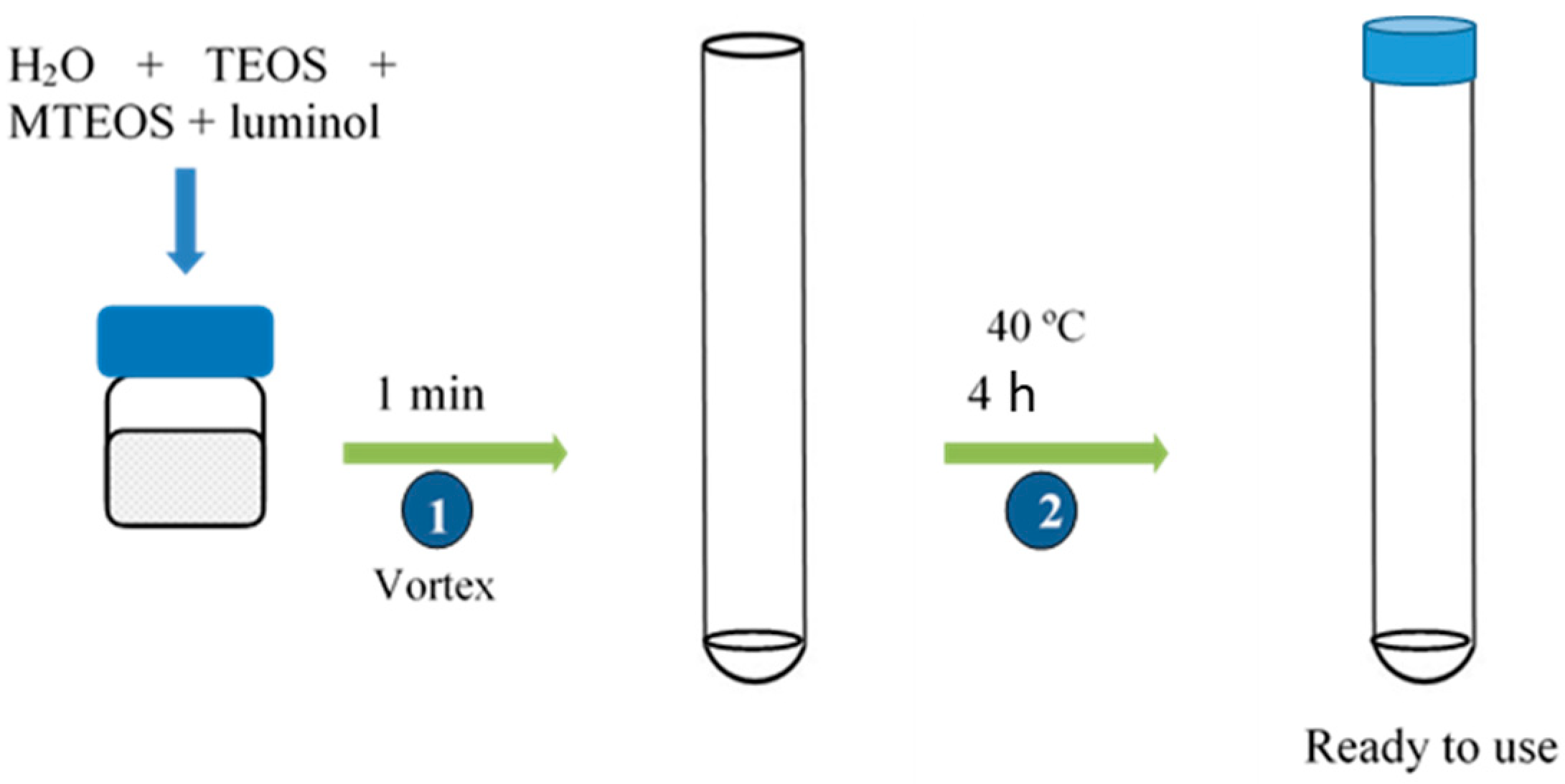
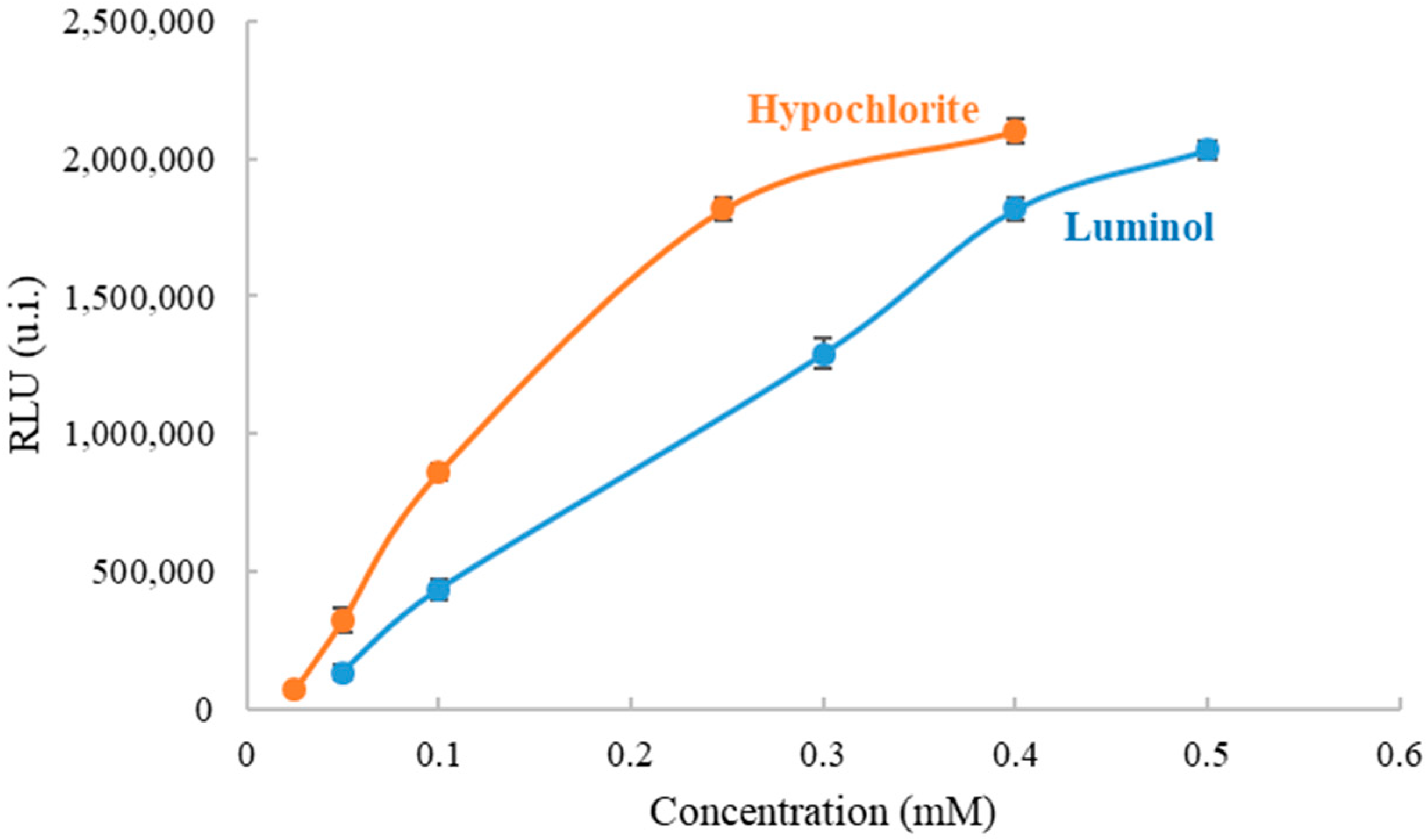
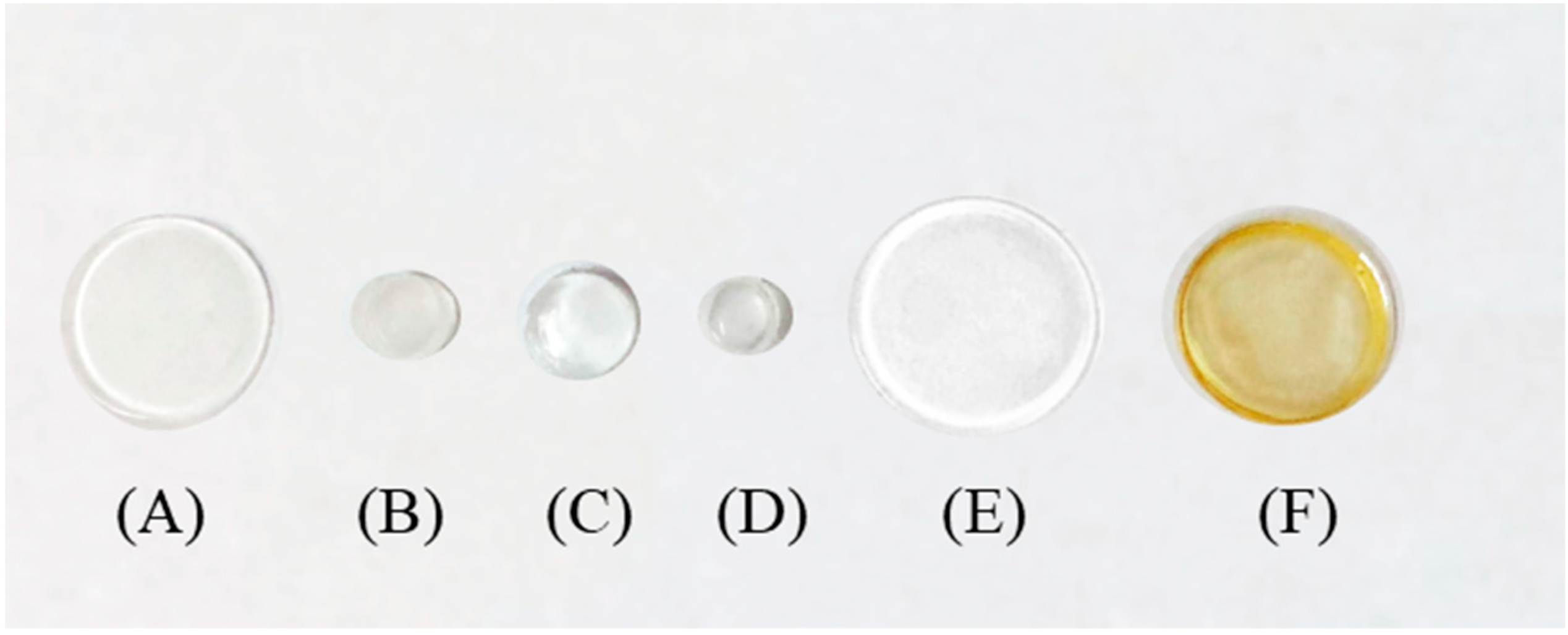
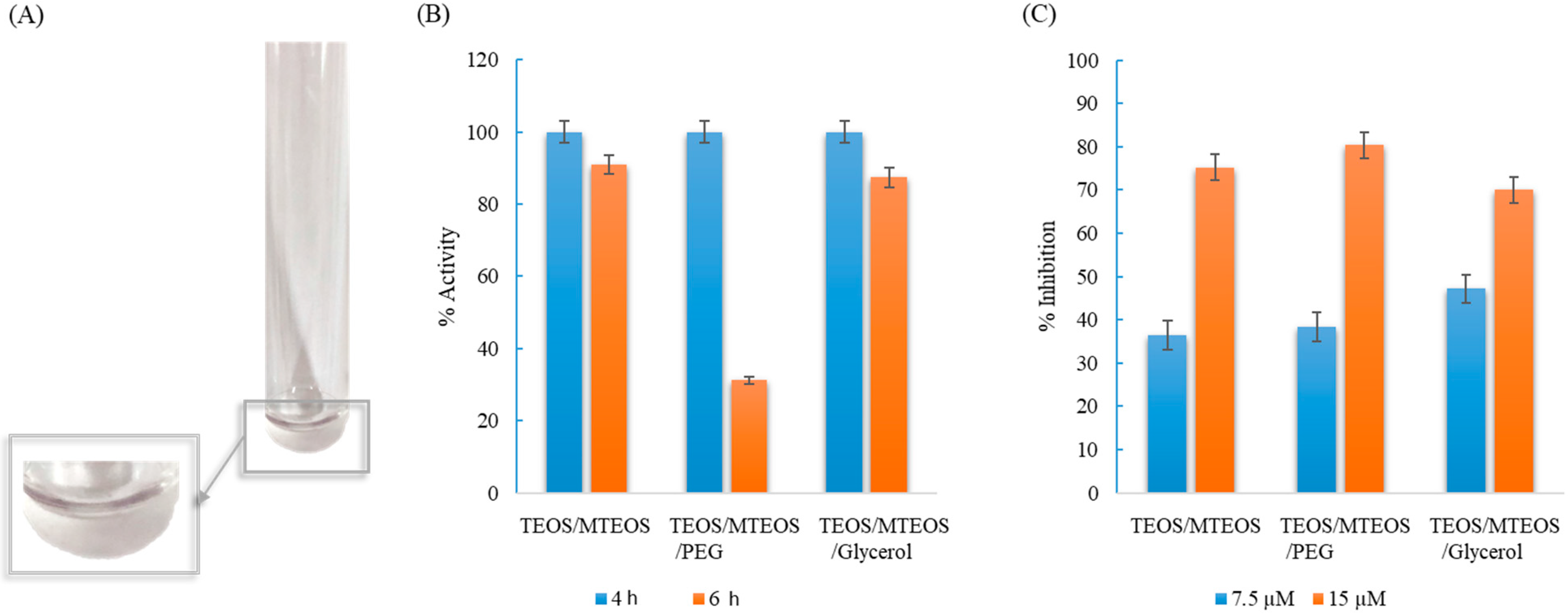
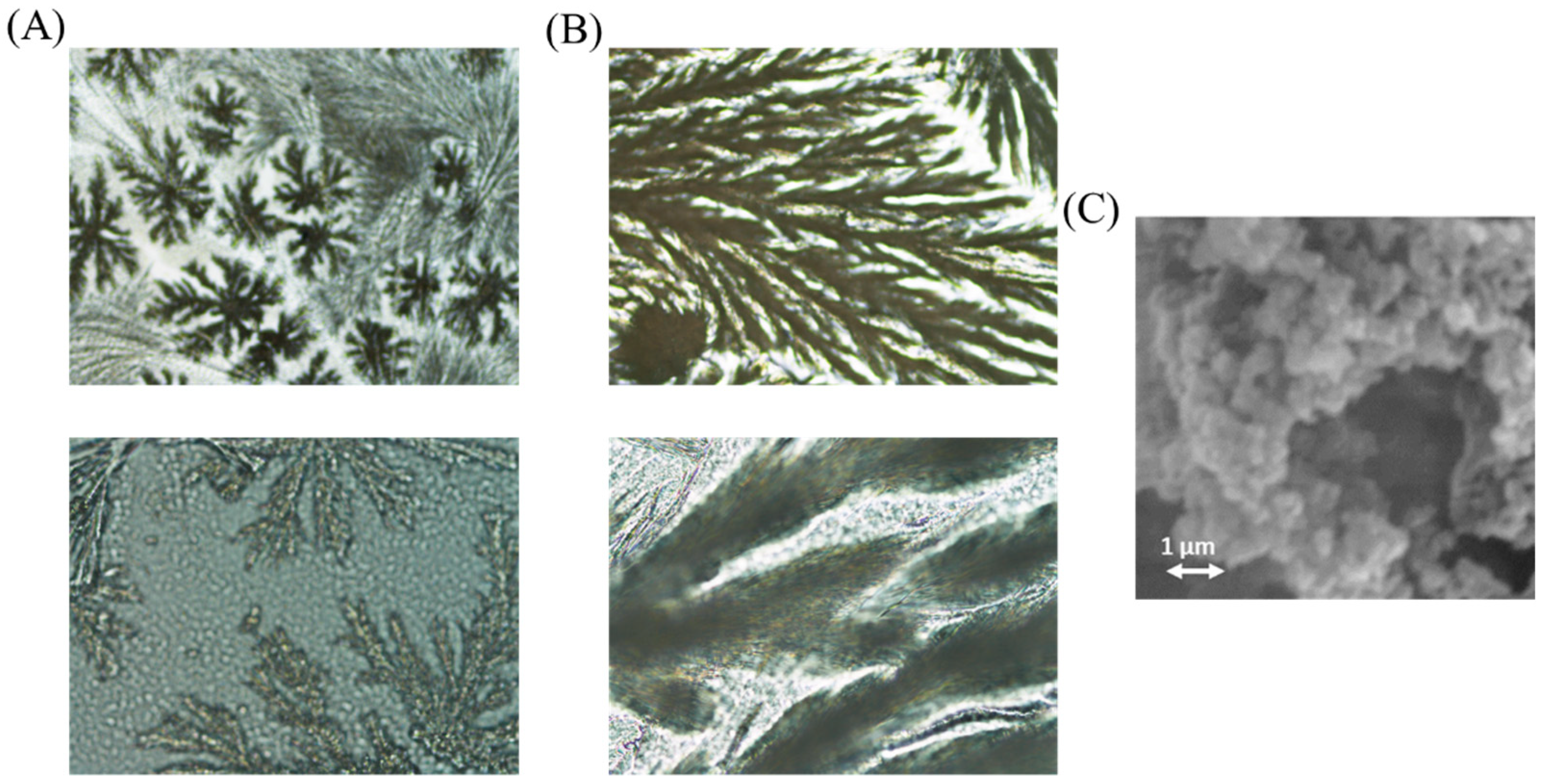
| Analytes/Publication Year/Covered Topic | Reference |
|---|---|
| Micro-and nanoplastics in water/2021/Potential in situ integrated optical devices. | [3] |
| Environmental pollutants/2021/Updated guide on fluorescent metallic nanosystems used as optical sensors. | [4] |
| Nitrate, nitrite, phosphate, and ammonium in aquatic environment/2020/Recommendations and future directions for improving sensing accuracy and robustness. | [5] |
| Environmental analysis/2020/A brief insight into low-cost and disposable colorimetric sensors. | [6] |
| Several/2020/A roadmap to deploy plasmonic sensors is provided. | [7] |
| Pesticides/2020/Point-of care biosensors such as colorimetric, fluorescence, chemiluminescence, photoluminescence, surface-enhanced Raman scattering, and electrochemical. | [8] |
| Several/2020/Representative applications of CuNCs in detection and in vivo/in vitro imaging and in situ generation for sensing and bioimaging. | [9] |
| Dissolved organic matter/2020/Advances in in situ fluorescence measurements in various water environments. | [10] |
| Several/2017/Different fluorescent reporters applied and their unique properties as well as signal amplification strategies helping to enhance detection performance. | [11] |
| Several/2016/Recent advances in the analytical applications of Cu NCs based on their optical, electrochemical, and catalytical properties. | [12] |
| Pesticides/2016/SiNPs on account of their chemically inert nature and amenability to surface modifications as tools for fabricating devices for ‘on-site’ applications. | [13] |
| Reagent | Sensor A | Sensor B | Sensor C |
|---|---|---|---|
| TEOS (µL) | 8.9 | 8.9 | 8.9 |
| MTEOS (µL) | 8.9 | 8.9 | 8.9 |
| Luminol 0.4 M (pH = 10.7) (µL) | 177.8 | 177.8 | 177.8 |
| PEG (mg) | - | 5.8 | - |
| Glycerol (mg) | - | - | 1.8 |
| Kind | Calibration | Precision, % RSD (n = 3) | ||||
|---|---|---|---|---|---|---|
| Equipment | Linear Range (ppm) | Slope (ppm−1) | R2 | Intraday | Interday | LOD (ppm) |
| Portable a | 0.036–0.35 | (−4.2 ± 0.2)106 | 0.991 | 3.4 | 5 | 0.012 |
| Conventional b | 0.24–4 | −2370 ± 70 | 0.994 | 0.81 | - | 0.07 |
| Sample | Added (ppm N) | Found (ppm N) | (%) Recovery |
|---|---|---|---|
| Fountain (S1) a | 0 | 0.08 ± 0.01 | |
| 0.07 | 0.140 ± 0.004 | 97 | |
| 0.105 | 0.26 ± 0.03 | 107 | |
| River (S2) | 0 | 0.268 ± 0.009 | |
| 0.07 | 0.344 ± 0.020 | 109 | |
| Transition (S3) | 0 | 0.073 ± 0.009 | |
| 0.07 | 0.144 ± 0.011 | 101 | |
| 0.105 | 0.19 ± 0.02 | 107 | |
| Lagoon (S4) | 0 | 0.228 ± 0.011 | |
| 0.07 | 0.306 ± 0.007 | 112 | |
| 0.105 | 0.327 ± 0.019 | 94 | |
| Sea (S5) | 0 | 0.16 ± 0.03 | |
| 0.07 | 0.228 ± 0.006 | 98 | |
| 0.105 | 0.271 ± 0.018 | 106 |
Publisher’s Note: MDPI stays neutral with regard to jurisdictional claims in published maps and institutional affiliations. |
© 2021 by the authors. Licensee MDPI, Basel, Switzerland. This article is an open access article distributed under the terms and conditions of the Creative Commons Attribution (CC BY) license (https://creativecommons.org/licenses/by/4.0/).
Share and Cite
Bocanegra-Rodríguez, S.; Molins-Legua, C.; Campíns-Falcó, P. Luminol Doped Silica-Polymer Sensor for Portable Organic Amino Nitrogen and Ammonium Determination in Water. Separations 2021, 8, 149. https://doi.org/10.3390/separations8090149
Bocanegra-Rodríguez S, Molins-Legua C, Campíns-Falcó P. Luminol Doped Silica-Polymer Sensor for Portable Organic Amino Nitrogen and Ammonium Determination in Water. Separations. 2021; 8(9):149. https://doi.org/10.3390/separations8090149
Chicago/Turabian StyleBocanegra-Rodríguez, Sara, Carmen Molins-Legua, and Pilar Campíns-Falcó. 2021. "Luminol Doped Silica-Polymer Sensor for Portable Organic Amino Nitrogen and Ammonium Determination in Water" Separations 8, no. 9: 149. https://doi.org/10.3390/separations8090149
APA StyleBocanegra-Rodríguez, S., Molins-Legua, C., & Campíns-Falcó, P. (2021). Luminol Doped Silica-Polymer Sensor for Portable Organic Amino Nitrogen and Ammonium Determination in Water. Separations, 8(9), 149. https://doi.org/10.3390/separations8090149







